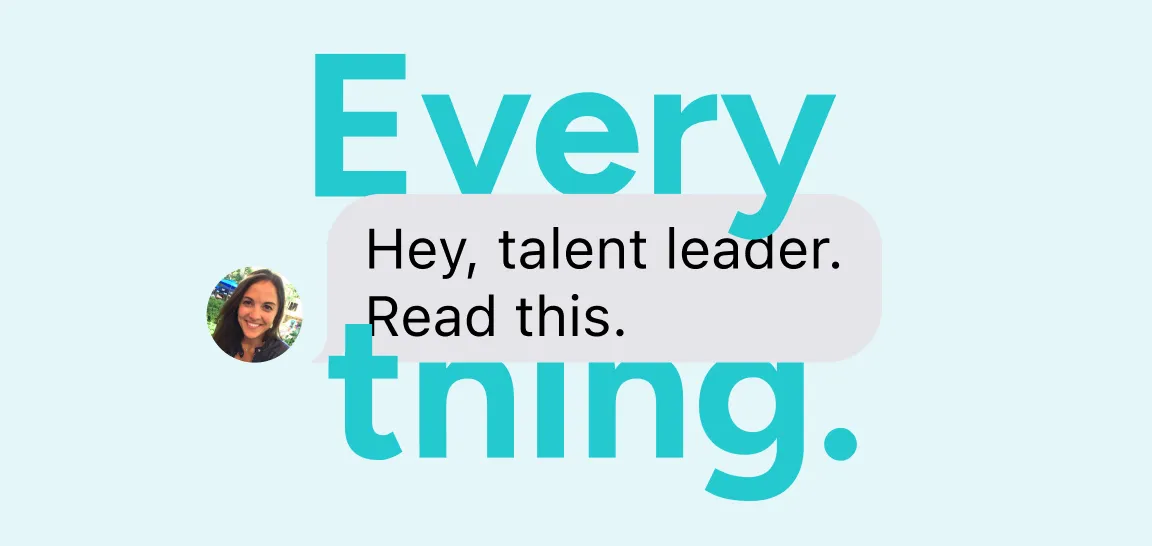Think about a time when you went online shopping. Not just browsing aimlessly, but you knew exactly what you were looking for.
Would you spend the first five minutes of your search going from page to page on a website trying to find the product you want? Most likely not. You would probably just search up exactly what you wanted. One minute later and your credit card is out.
So why don’t employers have a similar strategy for their career sites? Instead of making candidates go on a scavenger hunt to find videos or information about company culture, benefits, or even just open positions throughout the entire site — why can’t the candidate be met with a simple, quick, and conversational experience that shows them exactly what they want?
Well, now they can.
This past week, Paradox Chief Executive Officer, Adam Godson, was joined by Shaker Recruitment Marketing President, Joe Shaker Jr., on a live webinar. The two sat down and chatted through the evolving state of career sites, how AI can streamline the hiring process, and more — even taking a look at a few examples of organizations (Fontainebleau, U.S. Cellular, McDonald's) trying out AI on their career site.
Here’s a quick snippet of their conversation:
Adam Godson: Joe, both you and I have extensive experience in recruitment. Can you explain why the career site holds such significance in the candidate experience?
Joe Shaker Jr.: Absolutely, Adam. When it comes to recruitment marketing, success revolves around three key factors: the right message, ad placement in the right places, and achieving the right conversion. The career site acts as the front door for engagement, and if it fails to function effectively or convey the right story, it can result in a conversion issue.
AG: Maybe we could jump into the recruitment messaging part of career sites. Is it always as simple as promoting happy employees and encouraging clicks?
JS: You have to think of it like consumer advertising, right. The last thing you want to do is put a message out that sends the wrong message. My father has a great line, ‘the key to recruitment is retention.’ And for organizations to be able to keep that retention, it starts at the beginning of the funnel with that messaging and with the brand. Employer Branding is so important to showcase what it's like to work at a company and who are the types of people that an organization is looking for.
AG: You’ve mentioned media and storytelling a couple times. How do we tell a story with a website?
JS: One of the things I always like to tell people, especially with the career site, is it's not just your front door, but there's multiple doors of entry. Organizations need to decide how many segments they’re speaking to. Because ultimately, employers want to drive candidates to the page within the career site that speaks specifically to them, creating that personalized experience, with uniqueness and less friction. The more obstacles or frictions in the candidates journey just means there’s going to be more of a potential for bounce.
AG: I love it. Things have become so different in the last five years and it feels like we've changed rapidly. What are some of the biggest advances that you've seen in the last five years?
JS: What I will say is one of the advancements we're seeing is technology like Paradox and others that are starting to evolve that space forward. Gone are the days of just writing the ad and driving it into the ATS and saying it's no longer anyone's problem. One of the things that was so hard before was you had a lot of people applying to jobs and you had just limited resources in terms of recruiting teams, there's only so much they can handle, only so many requisitions for so many applications. But now, technology like Paradox is helping us kind of create some efficiencies there in producing not just a better recruiter experience but also saving money and creating that better candidate experience.










